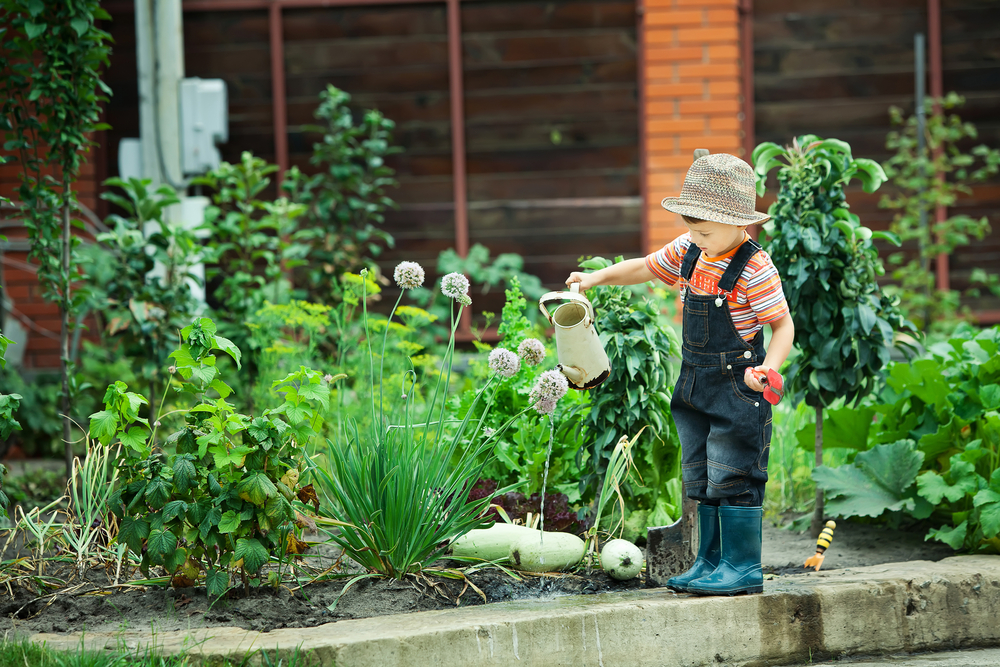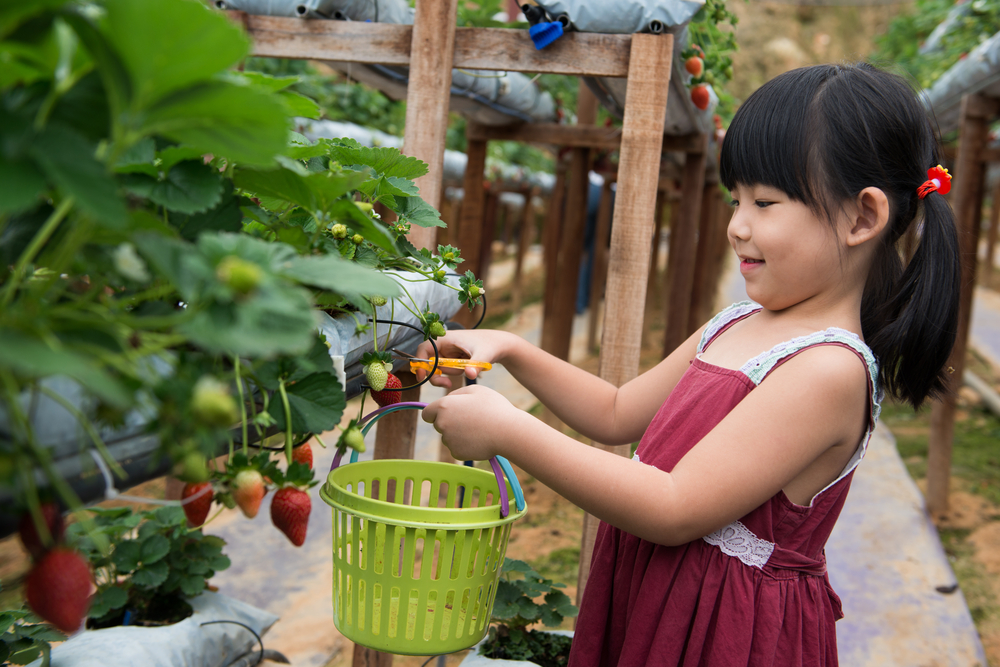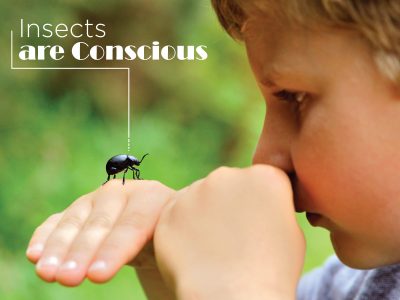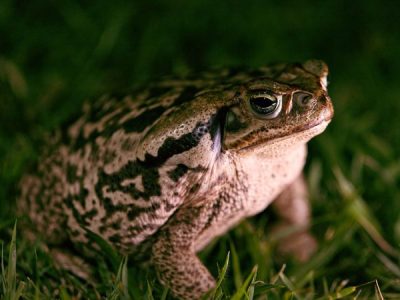We all know kids love to play in the dirt, but as a parent, you can harness this into something more educational, namely gardening. Gardening teaches kids about the cycle of life and makes them environmentally aware. After all, the future of our planet is in the hands of the next generation.
Growing your own food and learning about science and nature is all very well, but you need to make sure that when your kids are gardening, they’re doing it safely. So here are some tips for teaching your kids about safe gardening.

Suitable equipment
When gardening with kids, you’ll need to provide suitable equipment for them to use. There’s no point giving them an adult-sized trowel or watering can; they’ll just get frustrated and think gardening is all too hard. It can also be unsafe. They need to have their own smaller sturdy tools to suit their size and strength. Ensure that all gardening tools are safely stored when not in use so they last longer.
Some must-have kid-sized gardening supplies include:
Gardening gloves – to protect hands from thorns, sharp stones, etc.
Rubber boots – reduces post-gardening clean up and tracking mud into your home.
Watering can – prevents strained muscles, overexertion and spillage.
Wheelbarrow – can transport dirt, compost, and plants around the garden.
Hand tools – to fill buckets, get closer to plants, become adept at usage.
Kid-friendly Environment
Ensuring your property is safe for children to garden in is essential. This means fences and gates are secure, and that paths won’t cause trips and falls. Leaving buckets of water around if you have very young children and toddlers is a no-no. You should always keep sprays and fertilisers out of reach. Ideally, you shouldn’t use chemicals and garden organically whenever possible.
Gardening can be hot work even for adults, and for children even more so. Don’t garden with them during the hottest part of the day and always provide some kind of shade such as a shade cloth or umbrella. Keep water on hand and only garden for short periods. A sunhat, sunscreen, sunglasses, and suitable clothing should be worn.
Plants To Avoid
It is generally best to avoid growing poisonous or dangerous plants in your garden until your child is old enough to learn not to eat strange plants. Fence off or remove any suspect plants from your garden as a precaution. Some common poisonous plants are:
- Deadly nightshade
- Oleander
- Nettles
- Milky Mangrove
- Daphne
- Lantana
- Toadstools
Plants to Encourage
Kids love brightly coloured flowers and veggies, especially ones that grow quickly and have sensory qualities. For example:
Sunflowers – bright colour, large round head.
Strawberries – bright colour, can be picked and tasted.
Succulents – interesting to touch.
Lavender – lovely smell and can be picked and dried.
Grasses – makes a rustling sound when the wind blows.

Garden Activities for Kids
Depending on the age of your kids they will most likely enjoy different activities in the garden. Very young children will need more supervision than older children, but they can still water plants, pick produce and plant seeds. Older kids will be able to do more heavy work such as re-planting, potting, weeding, pruning, composting and digging. If you have a veggie garden or fruit trees then involving kids in the harvesting and cooking is a great way to teach them about sustainability and the seed to table process.



